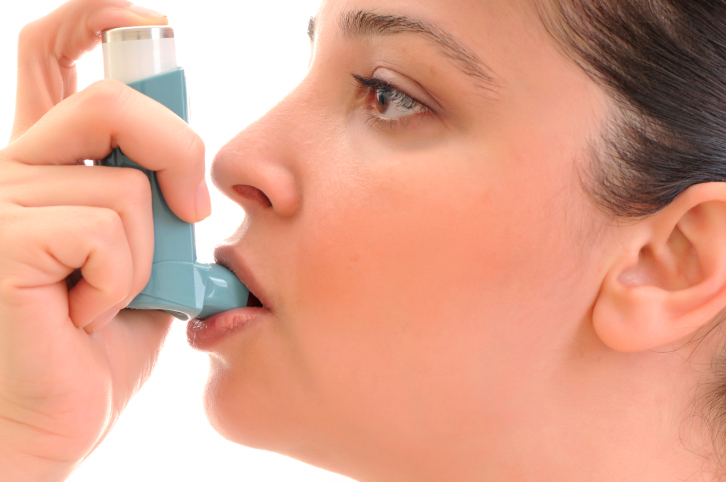<p style="text-align: justify;">Asthmatic children develop the symptoms before the age of 5. Early diagnosis for children showing symptoms of asthma is very critical so that treatment can proceed. Parents should know that early treatment of asthma will lead to reduced asthmatic events, breathing as well as other problems that come along with asthma.</p>
<p style="text-align: justify;">Diagnosis, as well as treatment of children varies according to their respective ages. Infants, toddlers and 4 year olds have varied treatment procedures. In addition, the symptoms amongst these children also vary and while it may be mild for some, it is very serious in others.</p>
<p style="text-align: justify;">Parents should take their children to the doctor once they start displaying symptoms that show possibility of having asthma. Early treatment will help reduce or even prevent asthma attack events. Symptoms that parents should check out for include constant coughing that seems to be linked with physical activity, wheezing chest sounds, chest tightness complaints as well as difficulties in breathing.</p>
<p style="text-align: center;"><img class=" wp-image-1313 aligncenter" title=" Being Prepared For When An Asthma Attack Strikes" alt=" Being Prepared For When An Asthma Attack Strikes" src="https://medusamagazine.com/wp-content/uploads/2014/10/Being-Prepared-For-When-An-Asthma-Attack-Strikes.jpg" width="581" height="386" /></p>
<p style="text-align: justify;">In case a child is having a heart attack, parents should proceed with basic first aid for children before considering medical attention options. In the first aid procedure, the main objective should be easing the breathing and if proves serious, it necessary to get medical help. One should first ensure the casualty is calm and constantly reassure them that they will be fine. If they have an inhaler, parents should encourage them to use it alongside their spacer devices. Parents should let them breath slowly and deeply then ask them to sit the most comfortable position. They should however not let the children lie down.</p>
<p style="text-align: justify;">Health providers diagnose asthma and provide a management plan or an inhaler for the children depending on their condition. When administering basic first aid for children, parents should first ensure that the child is seated comfortably and doesn’t have tight clothes. They should give the child a puff of the inhaler before asking the child to take four breaths using a spacer. They should then give the child another three puffs and repeat the spacer procedure. If there is no improvement, they have to provide another four puffs. In the case where the child does not have an inhaler, parents should use the baby first aid kit provided by the medical practitioner, we like the ones available on www.kidsfirstaid.com.au.</p>
<p style="text-align: justify;">Health providers should advise parents about the medications that their children can have as well as the baby first aid procedure. Available treatment plans for asthmatic children are in two categories. One category involves medications that control asthma in the long term and are used daily to reduce and prevent asthma attacks. Other medications are used in the short term and they take some time to be effective. The doctors will start with the highest level of therapy before dropping to a low level treatment plan.</p>
<p style="text-align: justify;">Finally, parents should ensure they take their children to the doctor after 1-6 months so that their treatment plan can be reviewed. The doctor will also examine the condition of the child to determine whether it is improving In addition, they should ensure that their children have a customized treatment and management plan that correspond to their respective conditions.</p>

Being Prepared For When An Asthma Attack Strikes
